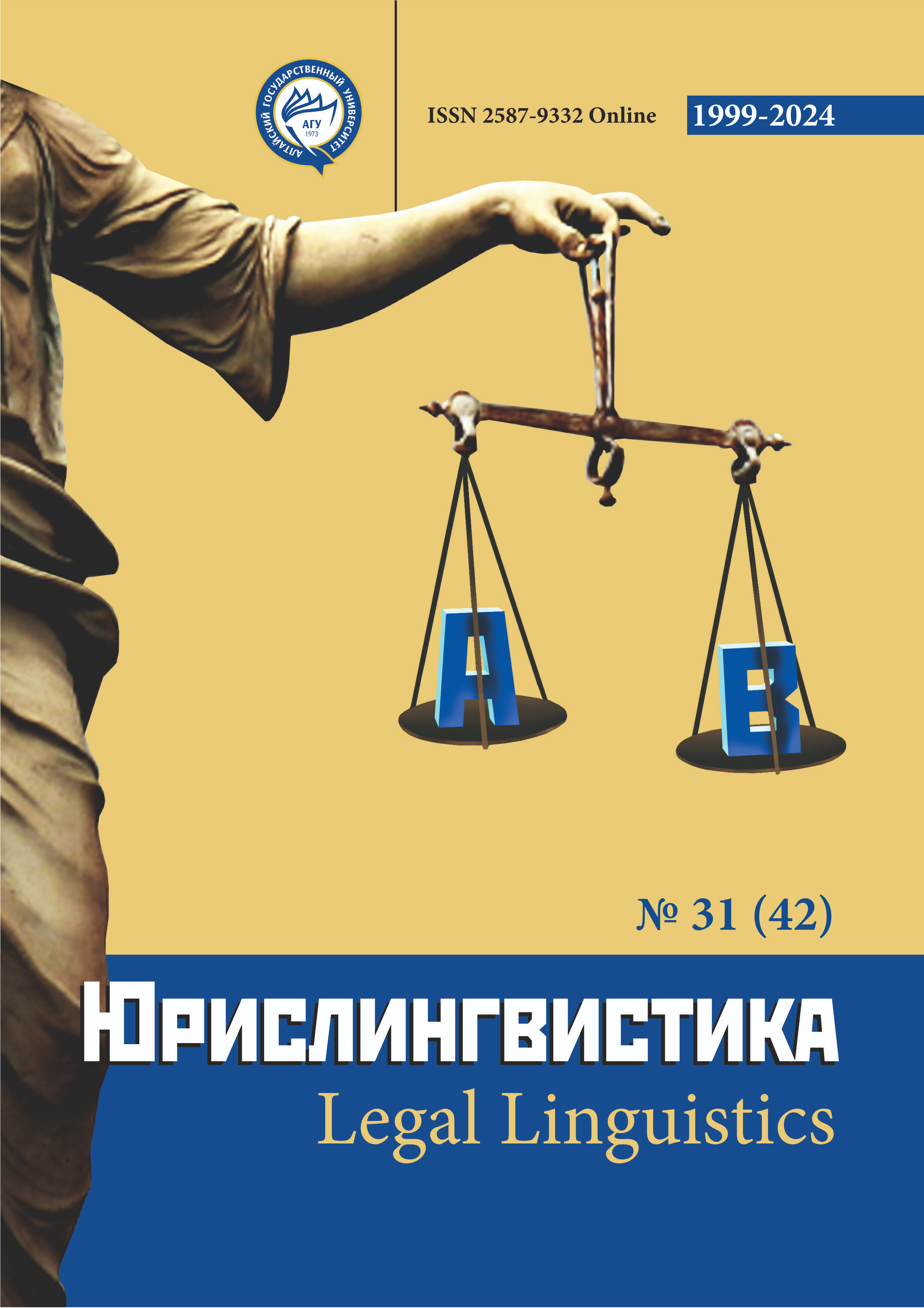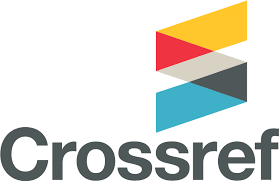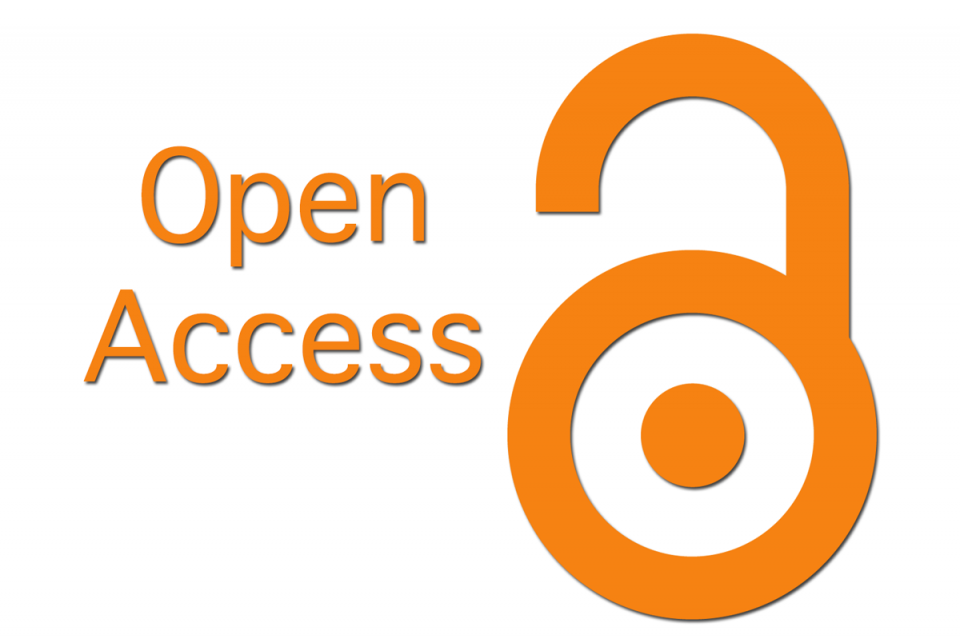Cognitive and Rhetorical Aspects of the Organization of Modern Legal Communication
УДК 811.161.1, ББК 81.411.2-5
Abstract
The article is focused on the organization of global and local structures of modern Russian legal discourse. Discursive fragments of defensive and accusatory speeches of modern forensic orators are examined in the scope of the Rhetorical structure theory, diagrams of their rhetorical structures are modeled, and the specifics of interaction between discursive units are explored. The goal of scientific analysis is to establish cognitive and rhetorical factors in the organization of discursive fragments of modern linguistic legal communication of persuasive type. The goal is achieved using general scientific and linguistic methods proper, including the method of formalizing linguistic descriptions: constructing tree-like diagrams of rhetorical structures related to the discourse fragments and a diagram of the cognitive profiling mechanism. The rhetorical aspect of scientific research reveals itself in identifying areas for actualization of the pragmatic layer of the semantics of text units and ways of its expression by means of the Russian language; establishing functionally significant aspects of the interaction between the informative and pragmatic layers of the semantics of text units. The study revealed the specifics of the organization of the global structure of legal discourse, its subordination to the original communicative intention, and established its correlations with types of rhetorical links that organize discursive fragments. The authors identify and give grounds to the most frequent rhetorical relations of a presentational type, aimed at strengthening the illocutionary profile of a text unit, and rhetorical relations of a denotative nature, correlating with logical-semantic relations between discursive units. It has been established that the initial communicative intention is supported by more specific propositional attitudes and together they form an intentional complex that determines the rhetorical structure of the discourse as a whole.
Downloads
Metrics
References
Mann W. C., Thompson S. А. Rhetorical Structure Theory: a Theory of Text Organisation. USA, 1987.
Болотнова Н. С. О границах информем в поэтическом тексте / Вестник Томского государственного университета. – 2002. – № 1. – С. 3-9.
Боровков А. В., Улесов Н. И. Этические аспекты судебной речи в суде / Законность и правопорядок в современном обществе. – 2014. – № 18. – URL: https://cyberleninka.ru/article/n/eticheskie-aspekty-obvinitelnoy-rechi-v-sude
Защитительная речь адвоката по делу о признании в убийстве. URL: https://www.advokat-nikitinsky.com/poleznoe/zashhititelnaja-rech-advokata-v-dele-ob-ubijstve
Защитительная речь адвоката по уголовному делу о ДТП. URL: https://www.advokat-nikitinsky.com/poleznoe/zashhititelnaja-rech-advokata-po-delu-o-dtp
Литвиненко А. Л. Описание структуры дискурса в рамках теории Риторической Структуры: применение на русском материале. URL: https://www.dialog-21.ru/digest/2001/articles/litvinenko/
Обвинительная речь по делу Усанина. URL: https://vunivere.ru/work4787
Обвинительная речь по уголовному делу (Часть 1 статья 158. Кража). URL: https://vunivere.ru/work4791/page2
Серпик В. Д. Роль защитительной речи в формировании судейского убеждения / Образование и право. – 2023. – № 2. – С. 180-183
Сусов А. А. Моделирование дискурса в терминах теории риторической структуры / Вестник ВГУ. Серия: Филология. Журналистика. – 2006. – № 2. – С. 133-138.
Чейф У. Роль интроспекции, наблюдения и эксперимента в понимании мышления / Вопросы языкознания. – 2008. – № 4. – С. 78-88.
Эпштейн М. Н. Идеология и язык (построение модели и осмысление дискурса) / Вопросы языкознания. – 1991. – № 6. – С. 19-33.
Copyright (c) 2024 Любовь Воронина, Егор Лопатин

This work is licensed under a Creative Commons Attribution 4.0 International License.
The authors, which are published in this journal, agree to the following conditions:
1. Authors retain the copyright to the work and transfer to the journal the right of the first publication along with the work, at the same time licensing it under the terms of the Creative Commons Attribution License, which allows others to distribute this work with the obligatory indication of the authorship of this work and a link to the original publication in this journal .
2. The authors retain the right to enter into separate, additional contractual agreements for the non-exclusive distribution of the version of the work published by this journal (for example, to place it in the university depository or to publish it in a book), with reference to the original publication in this journal.
3. Authors are allowed to post their work on the Internet (for example, in a university repository or on their personal website) before and during the review process of this journal, as this may lead to a productive discussion, as well as more links to this published work (See The Effect of Open Access).










